Witchcraft, as a diverse and multifaceted practice, has manifested in various forms across cultures and time periods. This paper provides a comprehensive exploration and comparative analysis of several distinct forms of witchcraft, highlighting their unique characteristics and common threads. By examining Traditional Witchcraft, Wicca, Hoodoo, and Stregheria, this study aims to shed light on the rich tapestry of witchcraft traditions while identifying shared elements and differences among them.
Witchcraft, often associated with the practice of magick, is a broad and complex phenomenon that transcends cultural and temporal boundaries. Various forms of witchcraft have emerged throughout history, each characterized by unique beliefs, rituals, and traditions. This paper delves into four distinct forms of witchcraft: Traditional Witchcraft, Wicca, Hoodoo, and Stregheria. By comparing and contrasting these traditions, we can gain insight into the multifaceted nature of witchcraft.
Traditional Witchcraft
Traditional Witchcraft, often referred to as "Old Craft," is a term used to describe pre-modern witchcraft traditions that existed in Europe before the advent of Wicca. Key features of Traditional Witchcraft include:
• Emphasis on folk magic and practical spellwork, often grounded in local folklore and traditions.
• Ancestor veneration and the belief in a spirit world inhabited by familiar spirits, ancestors, and local deities.
• The practice of hedge riding or journeying between the realms to gain insight and knowledge.
• A strong connection to nature, the land, and the cycles of the seasons.
• The use of curses and hexes alongside protective and healing spells.
Wicca is a modern witchcraft tradition that emerged in the mid-20th century and was popularized by figures like Gerald Gardner and Doreen Valiente. Some distinguishing features of Wicca include:
• The veneration of a goddess and god, often represented as a dual deity system.
• The celebration of eight seasonal festivals known as Sabbats, such as Samhain and Beltane.
• The use of a ceremonial circle, ritual tools, and the casting of a protective circle.
• The Wiccan Rede, which emphasizes the ethical use of magic, including the phrase "An it harm none, do what ye will."
• The concept of a coven, or a small group of practitioners who work together in a structured manner.
Hoodoo, also known as conjure or rootwork, is an African American folk magic tradition that blends elements of African, Native American, and European magical practices. Notable aspects of Hoodoo include:
• The use of herbs, roots, and natural curios to create charms, spells, and amulets.
• A focus on practical magic, often used for healing, protection, and prosperity.
• An emphasis on working with spirits, including ancestors, saints, and the spirits of the dead.
• The use of candle magic, such as dressing and lighting specific candles for various purposes.
• The incorporation of Psalms and other biblical verses in spellwork.
Stregheria, also known as Italian witchcraft, is a modern revival of Italian folk magic and witchcraft. Core characteristics of Stregheria include:
• The veneration of the goddess Diana and the god Lucifer as central deities.
• The celebration of seasonal festivals, known as the Eight Strega Sabbats, including La Befana and Carnevare.
• The use of magical tools such as the strega (witch's staff) and the pentagramma (five-pointed star).
• Ancestral connections and the practice of spirit work to commune with deceased family members.
• The incorporation of Italian folklore and folk magic, including the evil eye (malocchio) and love magic (amore magic).
While these four forms of witchcraft are distinct in their origins and practices, they share common elements:
• Nature-Based Spirituality: Traditional Witchcraft, Wicca, Hoodoo, and Stregheria all maintain a strong connection to nature, incorporating the cycles of the seasons, the use of herbs and plants, and an appreciation of the natural world.
• Ancestor Veneration: Ancestor veneration is a prevalent theme in all these traditions, with practitioners seeking guidance and protection from their ancestors or other spirits.
• Spellwork and Rituals: The use of spells, rituals, and magical tools is central to each tradition, albeit with variations in methodology and focus.
• Ethical Considerations: All these traditions have ethical guidelines for the use of magic and encourage responsible and conscientious practice.
Differences among these traditions include their deities, specific rituals, and the cultural and historical contexts from which they emerged. For instance, Wicca is distinct for its emphasis on the duotheistic worship of a goddess and god, while Hoodoo draws from African, Native American, and European folk magic traditions.
Witchcraft is a diverse and dynamic field that encompasses various traditions, each with its unique practices and beliefs. Traditional Witchcraft, Wicca, Hoodoo, and Stregheria exemplify the rich tapestry of witchcraft traditions, drawing from cultural, historical, and regional influences. Despite their differences, these traditions share common themes, such as nature-based spirituality, ancestral connections, spellwork, and ethical considerations. Understanding these traditions not only enriches our knowledge of Witchcraft but also offers insights into the multifaceted nature of human spirituality and magical practice.


